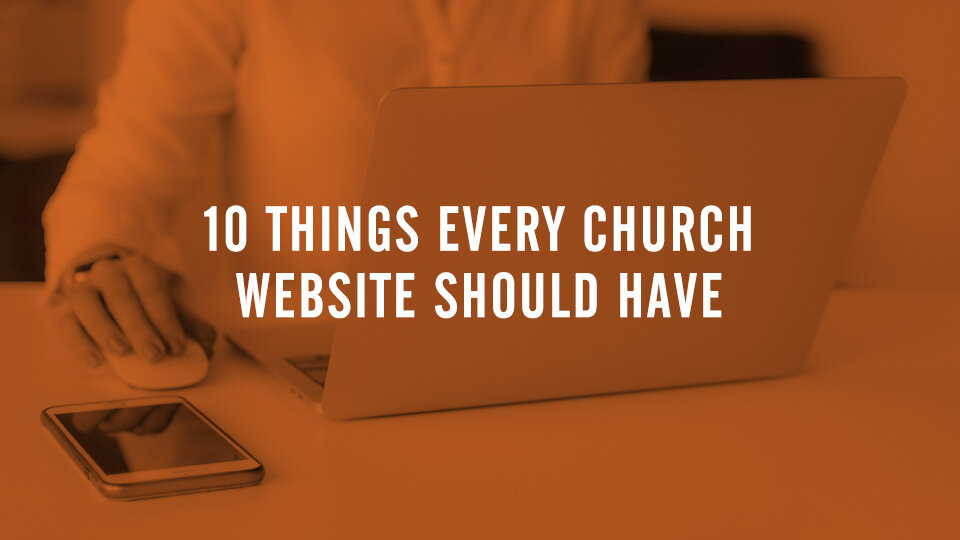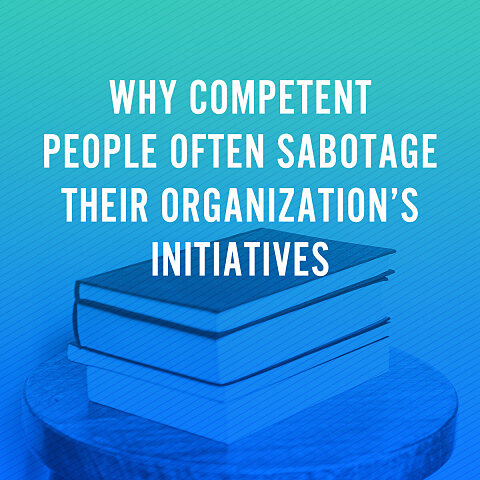10 Things Every Church Website Should Have
By The A Group
We’ve all heard the phrase, “Church is more than a building,” and this year, that feels truer than ever. Since the onset of Google searches and mobile phones, more and more people have been digitally interacting with their churches throughout the week, finding new churches online and doing plenty of background research before making a first Sunday visit.
And now in light of COVID, with many churches operating completely online, there’s no getting around it: your church website is an essential part of your ministry, just like your building or property.
But your church website shouldn’t just be something you throw online. It serves a purpose, and there are strategic pieces of information that you need to include to make sure your website reaches your audience and serves your mission. Here are 10 things make sure your church website doesn’t go without.
1. Service times and locations on the homepage
For those who are looking to attend in person, this is the minimum information they need to have to make a visit. Make these front and center by placing them in a section on your homepage. If you have multiple campuses, you can always create campus-specific pages, but at least acknowledge the various locations you have on your homepage so the viewer can select the location that’s best for them.
2. I’m New section
One challenge when building a church website is that you have to serve multiple audiences: new visitors, current members and different groups within your current members (youth, parents, etc.). We always recommend prioritizing new audiences, as your website is often the first place they will look before even making a visit in person. Your committed members will be willing to dig through the site to find what they need, but new audiences need an easy path forward. We love including a dedicated “I’m New” section in the top navigation that contains information about service times, location, what to expect and basic “about” information (brand messaging, denomination, senior pastor, etc.).
3. Videos or pictures of services and attendees throughout the site
Speaking of the newbies, when someone is deciding whether or not to visit a church, the first thing they do isn’t read through the statement of faith or staff credentials. They look to see what others are wearing!
Everyone wants to feel like they belong, and everyone fears walking into a room and feeling out of place. Visitors want to “see” themselves at your church before attending. Be sure to be authentic in how you represent your congregation. Show diversity (age, ethnic, etc.) if it exists, but own who you are. If you’re made up of mostly 20-something hipsters, show that in the photos.
4. Easy-to-find sermon archive
Whether someone is deciding to visit a church or they simply missed a week and want to catch up, publishing your sermons online is essential to engaging your audience outside of Sunday morning. This is the core of what you do (and a great source of content that can attract new audiences), so make it easy to find and easy to stream from any device. Both video and audio formats are recommended.
5. Live streaming
When “Church Online” became a thing a few years ago, it was often the very large churches that had an online campus. But now, thanks to the pandemic, everyone’s campus is online, and many churches found themselves scrambling to get this functionality set up on their website when the lockdowns began. Whether you’re meeting in person again or not, it’s no longer optional to offer live streaming. The pandemic will likely change the way we do church in many ways, and as people choose when to venture out again, move to a new city or work odd schedules both now and in the future, it’s time for you to be able to reach them where they are.
6. Online giving page
There’s nothing wrong with passing the (sanitized) plate, but when half your congregation doesn’t carry cash or checks, it’s important to make sure you have more than one way to give. Many congregants now give their tithes online – sometimes even through a scheduled recurring autodraft (cha ching!). Make sure your church is set up to process online gifts in a way that’s easy, clean and secure, and make sure the page is easy to get to in the main menu.
7. Next steps
Once someone has visited your church and decided to make it their church home, they will want to know what is next. It’s critical for both their spiritual growth and your church growth that you’re inviting people into deeper engagement outside of Sunday morning. Though these pathways should always be made clear on Sunday morning, be sure to include a few easy next steps such a welcome dinner, a membership class, etc. on the website. You can include this in the “I’m New” section we mentioned, on a “What’s Next?” page.
8. Core ministries
Though your church might have everything from a divorce ministry to a knitting ministry, there are usually a few ministries that reach large groups of your congregation: the kids’ ministry, the youth ministry, small groups and serving/volunteering. Many times, these ministries are the first places people plug into a church – even before becoming a member. You will want to be sure it’s clear and easy to find these ministries on your website.
Often, church websites include a “ministries” menu with a dropdown list of ministries. This is a great place to include these ministries. Be sure the core ministries are in the first “level” of the dropdown menu, so they are easy to find. Include other smaller ministries under a category like “other ministries,” “care ministries,” etc. so they don’t bog down the menu and distract from the ones that 80 percent of your congregation is involved with. You might also promote some of these ministries on your homepage, especially when there is a large milestone such as a small groups recruitment push.
9. Events feed or calendar
We get it: every ministry thinks their next event or outing is the bomb.com, and this can leave you with a lot of voices competing for attention – and for space in the bulletin. Events feed to the rescue! Your online calendar can be a great place to include announcements that might not belong on the screen or stage during the service. This is an easy place for church members to go browse upcoming events they are interested in and ensures every event, no matter the size, gets promoted. With the right functionality, you can even set it up so certain types of events feed onto certain pages on the site – for example, youth events only appear on the youth groups page. Just be sure the events being fed into your homepage are outreach events or larger events that are relevant to large groups of your congregation.
10. Announcement bar
Sometimes curveballs happen, like inclement weather or say, a global pandemic. Include some sort of announcements bar or pop up on your site that you can use to get critical, time-sensitive information out to your congregation quickly. This is best used for service time changes, service cancellations and things that will directly impact your congregants this week (in other words, don’t let this become another events feed to promote the upcoming potluck, no matter how much Susan wants her announcement there). Pro tip: text messaging is another great way to communicate time-sensitive information. We love www.textifymobile.com for church text messaging (and giving!).
So, how does your website stack up? We encourage you to do a quick check to see if you have these 10 things…and if not, now might be the time to consider a new website. Now more than ever, your website is a ministry tool as much as it’s a marketing tool, and you can’t afford to wait for the next pandemic or world event to get set up for your mission.
If your website needs a little extra love, we can help! Email us at info@agroup.com to chat with a member of our team about your website. Not only can we help you make sure these 10 things are working how they should be, but we can also help you make sure you’re clearly communicating who you are and reaching your community with your message of hope.














